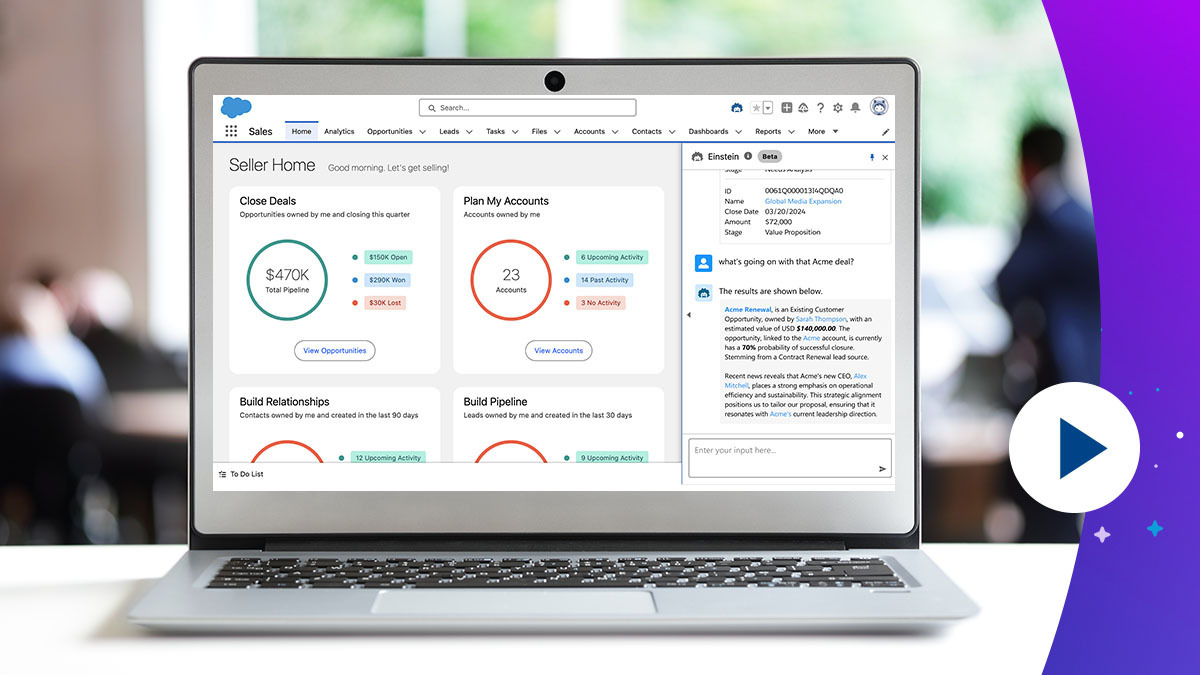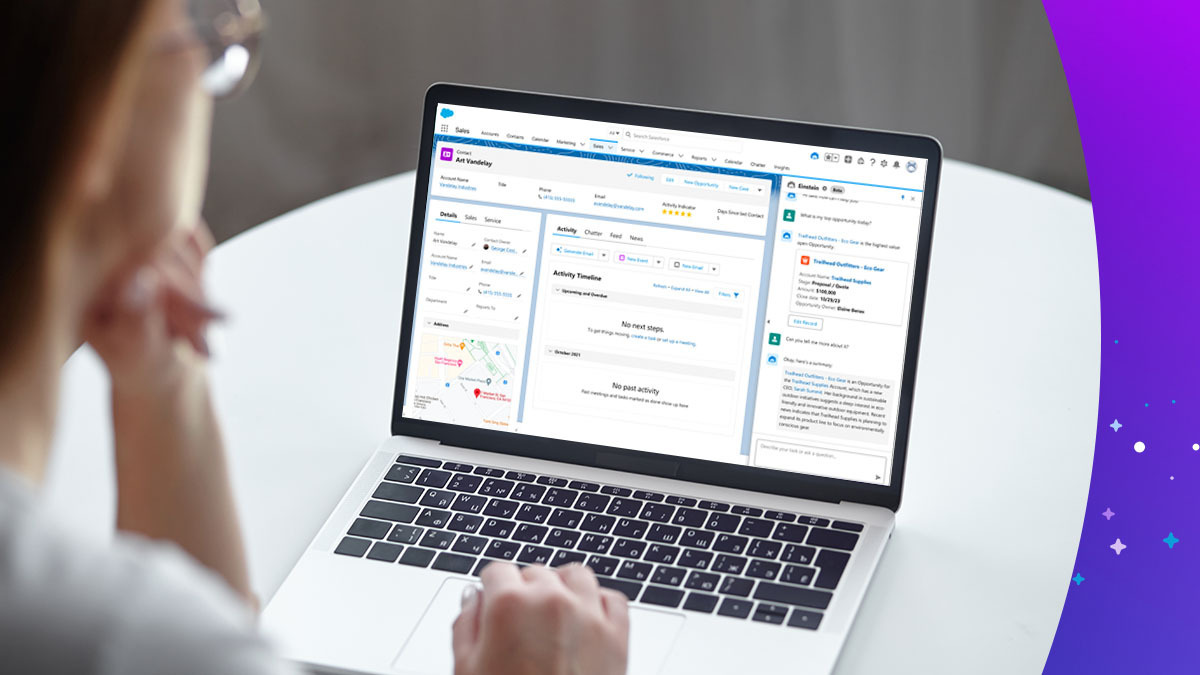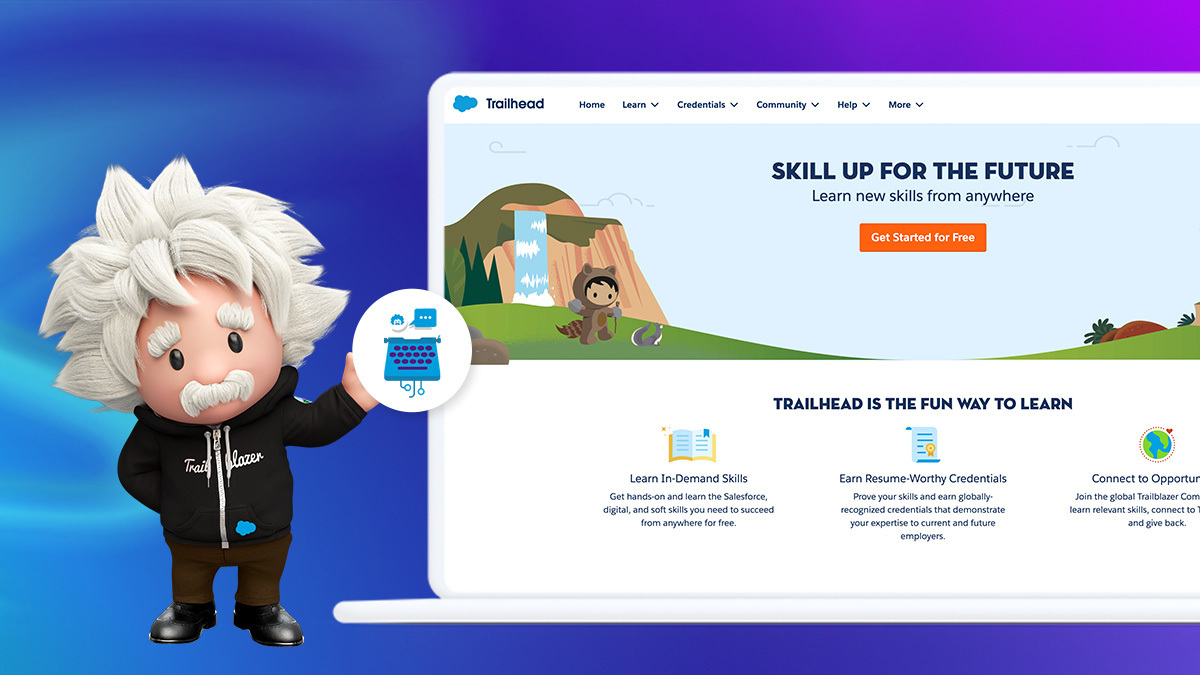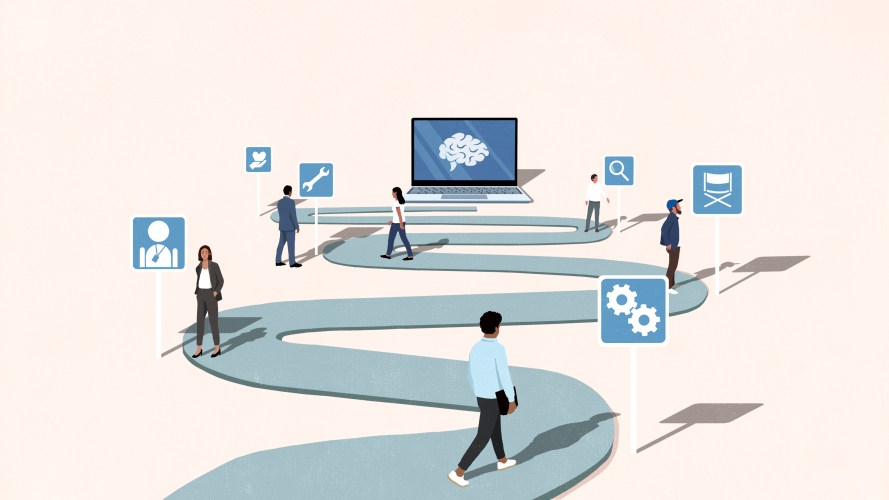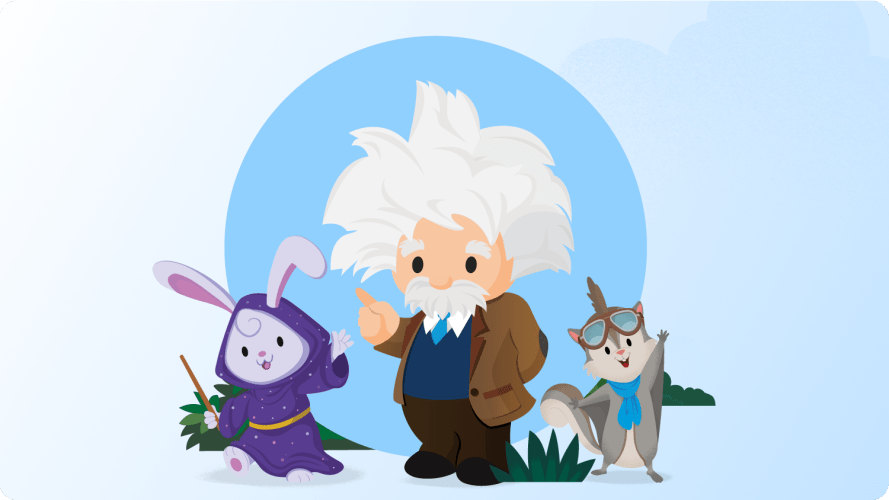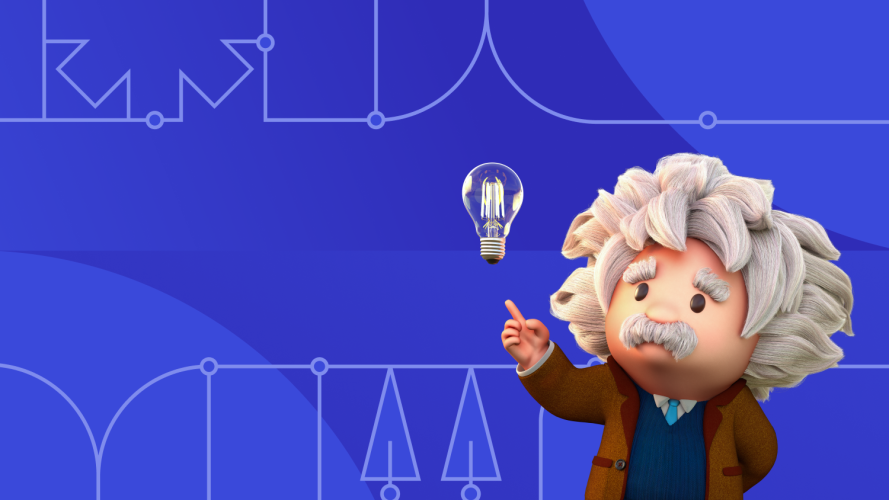What is an AI Copilot?

Generative AI is laying the foundation for a new kind of app: super intelligent assistants that can do the work of hundreds — or even thousands — of individual applications based on a simple prompt.

Ari Bendersky
When you think of a copilot, the first thing that comes to mind is probably an airplane. Until now, a copilot has been that person sitting in the second chair in the cockpit, helping the captain on your flight. But sometime last year, the term “copilot” started to trend in a big way in the artificial intelligence (AI) space. Take all of the generative AI technology you’ve come to know and love in apps like ChatGPT, Bard, and Einstein. Now, place that right in the flow of your work — or in that second chair, if you will.
At its most basic level, an AI copilot is an AI assistant that can help you accomplish routine tasks faster than before. While the introduction of the modern copilot is linked to the launch of GitHub Copilot in 2021, these AI assistants go back even further. Since the 1990s, AI copilots — which, back then, were basic chatbots like ELIZA and Jabberwacky or virtual assistants like IKEA’s Anna — have been popping up in everything from your email platform to shopping, banking, and medical applications.
Here’s the difference between now and then. Imagine you’re booking a business dinner with a client based in a different city. Before the world of AI copilots, you’d first scan the client’s customer relationship management (CRM) record to check for any dietary preferences. Next, you’d open the Resy app and spend far too long looking for a suitable restaurant with availability. Then, on to Expedia to make your travel and lodging reservations, and, finally, your email app to send a charmingly personalized confirmation to your customer. At minimum, you’d be looking at four different apps and at least a half hour of drudgery.
Now imagine, instead, that you simply use one app: your trusty AI copilot. Instead of taking four different actions over the course of minutes or hours, you type, “Book dinner with Ted next Thursday.” All the steps above still take place, but the research happens in the background, and mostly without your intervention.
Beyond the obvious time savings and the inherent sci-fi novelty, it’s hard to fully articulate the value of this transformation through traditional metrics. These assistants will do the work of dozens of apps to help us build reports faster, craft customer service replies with relevant answers, draft sales emails, send flowers to our bosses, and more. But first, how do they work?
How does an AI copilot work?
At the heart of AI copilots are powerful building blocks called copilot actions. A copilot action can encompass almost any single task or a collection of tasks for a specific job. These may include:
- Updating a CRM record.
- Generating descriptions for new products using your existing CRM data.
- Composing messages to customers.
- Handling a range of use cases.
- Summarizing transcripts for a live service agent.
- Highlighting the most relevant information from meeting notes.
These tasks can be “invoked,” or arranged and executed, in any order and are done so autonomously by the AI copilot. This ability to understand requests, reason a plan of action, and execute the needed tasks is what makes these systems and experiences unique. The AI copilot can handle a lot of instructions and learns from that. So, the more actions, the more capable the copilot.
Stacked together, actions allow your copilot to perform a dizzying array of business tasks. For example, a copilot can help a service agent quickly resolve an issue in which a customer was overcharged for an order. Or it can help someone in sales trying to close a deal. Want more? Let’s put our copilot into action.
Take the example of setting up dinner with your client, Ted. If you use Einstein Copilot, it would know Ted’s initial context, like their name and CRM session history, but it would require a bit more information from you, like the date and time. It could then execute on that and respond with any other questions it may have: It might ask you to clarify which Ted you want to meet with (if you have multiple contacts named Ted) and what type of cuisine Ted prefers.
What’s nice about Einstein and other copilots at this level is that it feels like you’re talking with a coworker — but you’re actually chatting with your robust data, which the copilot is serving up in a new conversational way. The AI copilot decides which actions to trigger and then generates runtime dialogs, paraphrasing the actions’ output-data in everyday human language. So, it feels like you’re having a fairly sophisticated conversation with your AI assistant. And then dinner gets set up with little effort on your part.
“We’re just telling the system, ‘Hey, do this task,’” said Carlos Lozano, director of product management at Salesforce AI. “But behind the scenes, the copilot is orchestrating a complex workflow of business processes and data to deliver a result that would have previously required the user to access multiple actions.”
Say hello to Einstein Copilot
Your trusted conversational AI assistant for CRM gives everyone the power to get work done faster. It’s a total game-changer for your company.


What different types of AI copilots exist?
Although the concept of a copilot is fairly new, this technology has existed for a while. Have you ever chatted with a customer service representative only to realize they weren’t a person, but a bot? That’s a type of copilot. It helped you with basic customer service questions, but often couldn’t really get to the important details of your issue. Likely frustrated, you then turned to an actual human for help.
Chatbots got more sophisticated with the launch of ChatGPT, Dall-E, Google’s Gemini, and Microsoft’s Bing Chat. Those generative AI platforms — let’s call them Chatbot 2.0 — can help craft emails, write code, generate images, and analyze data.
With AI copilots, the interactivity becomes even more conversational, with your own AI assistant working behind the scenes to help improve everything you do. In addition to Salesforce, a number of other companies have introduced copilot products to the market, including Microsoft and GitHub, and even Apple is working on one. There are more niche industry-focused AI copilot companies like real-estate digital marketing company LuxuryPresence, healthcare-focused Nabla, and finance-focused ArkiFi.
The copilot goes to the next level when it’s connected to data and metadata. What’s metadata? It’s the tagging system that defines your data. For instance, “first name” is the metadata that would define “Ted” in our example. This metadata makes it easier to find, use, and merge your proprietary data. So, this is what separates a workable copilot from a truly exceptional one — one that is super relevant for your everyday work.
Here’s the main takeaway: When you are researching adding an AI copilot to your business, determine whether it will simply use external source information, like ChatGPT, or whether you’ll be able to safely connect it to your structured and unstructured data sources.
Why you should use an AI Copilot
By now, you’re probably familiar with at least one or two large language models (LLMs) like OpenAI’s GPT-4 or Google’s Gemini. These models power chatbots like ChatGPT that are fun to play with and are great for certain tasks. Some, however, only contain data through early 2022, so their responses can be limited. And those models only have access to public information about your business — they don’t have access to your trusted CRM information and data.
This means they can’t help you craft relevant customer service answers or supply the juiciest sales opportunities. Nor can they act on your behalf to, say, reply to an email or book a flight. But an AI copilot can do all of the above.
Okay, back to your dinner with Ted. You had a successful trip. Now, maybe you want to thank him with a gift basket from his favorite bakery. Because your copilot already has the requisite actions to look up Ted’s CRM contact and account to find his favorite bakery, and to charge goods on your behalf, all you’d need to do is type, “Send Ted his favorite muffins.”
Of course, this is only a rudimentary example comprising a couple of copilot actions. Imagine what you could do with an AI copilot capable of orchestrating hundreds, or even thousands, of building blocks in virtually infinite combinations. The gains in efficiency apply to an excitingly wide range of job types.
For example, a retail marketer can write product descriptions in numerous languages in just minutes, a healthcare clinician can review X-rays and lab results for multiple patients and help doctors make diagnoses, and a finance worker can use a copilot to analyze reams of data to propose various investment outcomes. The use cases and scenarios go on and on.
If it seems like everything related to AI is happening at a breakneck pace — especially when it comes to how you work — and it’s making your head spin, you’re not alone. But you don’t have to be … alone, that is. You’ll have your trusted AI copilot.
“With an AI copilot, you can quickly and easily become more efficient and productive, no matter the industry you work in,” Lozano said. “Having a conversational, generative AI-based assistant will truly let you offload those routine tasks while allowing you to interact and engage with data like never before. And that is the beauty of it.”
Carlos Lozano, director of product management at Salesforce AI, contributed to this article.
